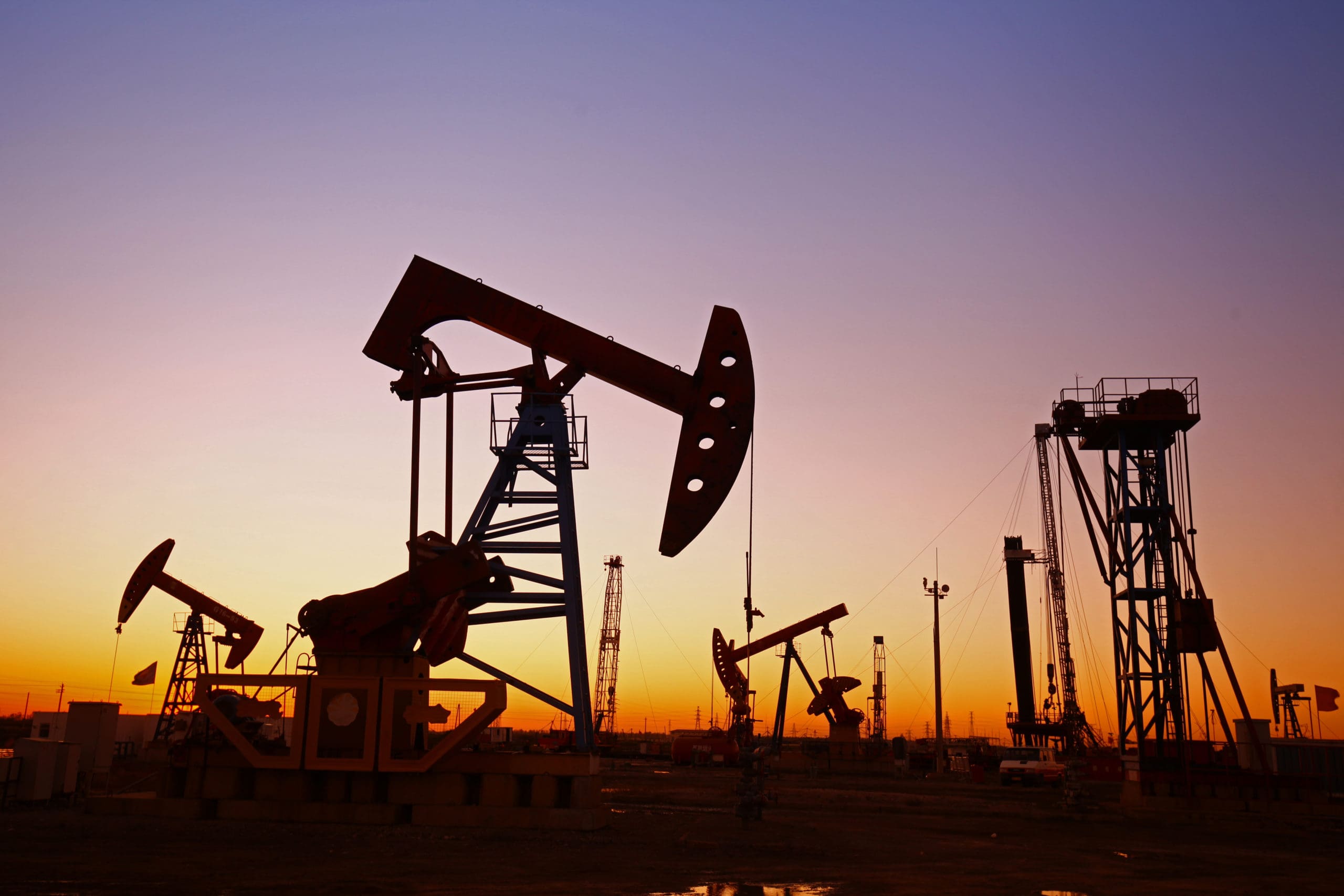
Gas prices are down, and may decrease even further, so nobody’s complaining at the moment. But at a certain point we stop and wonder, wait a minute, gas was expensive a few weeks ago, so why is it affordable today?
Truth be told, gas prices can be as unpredictable as the weather. To help you better understand this phenomenon, here are some of the most common reasons:
# 1: Oil Supply Surplus
Oil accounts for 50% of the price of gas, with the rest made up of refining costs and taxes. Oil supplies now are plentiful, which is good news for drivers and industries all over the United States. According to the Energy Information Administration (EIA), American oil production went through the roof from 8.84 million barrels a day to 12.25 million in 2019.
The good news for consumers, the oil & gas industry, and the government, is production will soar further this year, to 13.18 million barrels per day, the EIA says. In fact, in September of 2019 the U.S. actually exported more oil than it imported — a first in the country’s history. And you benefited as well, with lower prices at the gas station.
So, what else can lower gas prices do? Drive you to trade in your old car for a spanking new SUV, for one. Yesterday’s gas guzzler has become today’s affordable vehicle. Manufacturers and dealers are now selling SUVs like hotcakes, to the extent that some car makers have actually stopped passenger automobile production and are churning out SUVs instead. Time to take advantage of low gas prices and hit the highway with the family for that much-needed road trip you kept putting off.
# 2: OPEC
While the Organization of Petroleum Exporting Countries (OPEC) as a group has called for production cuts among its members, not all countries comply. Even though cuts would help to prevent market saturation, certain nations are intent on ensuring that revenues continue to pour into their respective countries. After all, no one can truly predict whether oil prices will crash at any given time or not. Again we, the American consumer, benefits, as oil floods the market and gas prices stay down.
# 3: Geopolitics
Geopolitics plays a major role in oil prices. Situations are often shifting in the Middle East, a region which supplies a major portion of the world’s oil. Unforeseen circumstances can lead to sudden cuts in production. Take the case of Saudi Arabia, whose oil infrastructure was hit with rocket attacks by Yemeni rebels. Production decreased and there was worldwide fear that oil prices would skyrocket and we could end up paying more to fill up our tanks. Luckily for us, that did not happen, as other oil-producing countries took up the slack, and gas prices remained steady in the U.S.
The sanctions imposed by President Trump on Iran, a major oil producer, could have resulted in a spike in global oil prices from a retaliatory cut in production. The President quickly stepped in and asked Saudi Arabia not to decrease production to make up for any possible reduction in oil supplies. This helped oil prices remain low and steady.
Yet another reason we are paying less at the pump is the global economic slowdown. Industry has been hit in big oil-consuming countries like China and India. Some of the oil that would have eventually ended up in these countries to fuel factories now finds its way to the U.S., adding to supplies. This means there is more supply than demand, driving gas prices even further down.
# 4: The 2020 outlook
The news is good all around for the average American. Fuel savings app GasBuddy predicts an average price for gas of $2.60 per gallon this year, with little to no chance of it hitting the $3 mark. GasBuddy says to expect a rise to around $2.84 in the summer travel season, when people hit the road with a vengeance. It goes downhill after that, in a good way, as prices should once again come down.
But, and this is a biggie, prices can vary among states and even gas stations. You need to keep your eyes open for good deals on gas while traveling. Although it may be a matter of a few cents here and there, in the end it all adds up. It could be the difference between spending on a decaf or a fancy latte!
Keep in mind the earlier weather reference though — unpredictable. Right this moment a new flash point in the Middle East could emerge, supply could be cut, and prices could shoot up. Your new SUV may seem not to have been such a good idea after all. A little-known fact is that hurricane season around the Gulf of Mexico can even affect gas prices. The reason is most of the country’s refineries are located in that area. Hurricane or severe storm damage can not only affect refining capacity, but could lead to a total shutdown of a facility. Less refining means lower supply and higher gas prices.
But for now, drive on down to the gas station and fill ‘er up! Unpredictability aside, low gas prices appear to be here to stay for the rest of the year!

